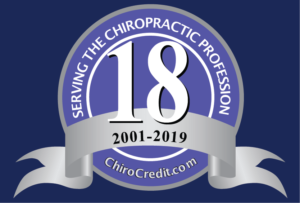In this discussion, Dr. Michael Freeman talks about his research involving motor vehicle collisions, whiplash and forensic applications. Dr. Michael Freeman is a consultant in forensic medicine, and as such is a member of the Faculty of Forensic and Legal Medicine (FFLM) of the Royal College of Physicians in the United Kingdom. He has provided expert testimony more than 1,200 times in a wide variety of civil and criminal cases, including injury and death litigation, automotive and other product liability, toxic tort litigation, life expectancy, and medical negligence cases, as well as in homicide, assault, and other criminal matters.
Dr. Freeman has published around 220 scientific papers, books, and book chapters, primarily focusing on issues relating to forensic applications of epidemiology and general and specific causation. Research and publication topics include traffic crash-related injury and death, injury biomechanics and injury causation, genocide, cancer epidemiology, chronic pain mechanisms, and adult autologous stem cell therapy, among others. Dr. Freeman is the co-editor and co-author of the authoritative text on forensic applications of epidemiology; Forensic Epidemiology: Principles and Practice, published in 2016.
His published 3-step approach has been adopted by U.S. courts as a generally accepted injury causation methodology, as described in the 2016 10th circuit US DCA Etherton decision.
Dr. Freeman is a tenured associate professor of forensic medicine and epidemiology at Maastricht University Medical Center and a joint clinical professor of psychiatry and public health and preventative medicine at Oregon Health & Science University School of Medicine. He is a fellow of the American College of Epidemiology and the American Academy of Forensic Sciences. Dr. Freeman is a past Fulbright Fellow with the U.S. Department of State in the area of forensic medicine, and holds a diploma of legal medicine with the FFLM in the United Kingdom.
Dr. Freeman holds a doctor of medicine degree from Umeå University in Sweden, a Ph.D. and master’s in public health in epidemiology from Oregon State University, a master’s of forensic medical sciences with the Academy for Forensic Medical Sciences in the UK, a doctor of chiropractic from what is now the University of Western States, and a bachelor’s of science from University of Oregon. He has completed a 2-year fellowship in forensic pathology through Umeå University and the Allegheny County Office of the Medical Examiner.
Please see Dr. Michael Freeman’s research profile at researchgate profile.
Below are the articles Dr. Michael Freeman discusses in this episode:
| 1. | Estimating the number of traffic crash-related cervical spine injuries in the United States; An analysis and comparison of national crash and hospital data.Freeman MD, Leith WM.Accid Anal Prev. 2020 Jul;142:105571. doi: 10.1016/j.aap.2020.105571. Epub 2020 May 12.PMID: 32413544 |
| 2. | Diagnostic Accuracy of Videofluoroscopy for Symptomatic Cervical Spine Injury Following Whiplash Trauma.Freeman MD, Katz EA, Rosa SL, Gatterman BG, Strömmer EMF, Leith WM.Int J Environ Res Public Health. 2020 Mar 5;17(5):1693. doi: 10.3390/ijerph17051693.PMID: 32150926 Free PMC article. |
| 3. | Is Acceleration a Valid Proxy for Injury Risk in Minimal Damage Traffic Crashes? A Comparative Review of Volunteer, ADL and Real-World Studies. Nolet PS, Nordhoff L, Kristman VL, Croft AC, Zeegers MP, Freeman MD.Int J Environ Res Public Health. 2021 Mar 12;18(6):2901. doi: 10.3390/ijerph18062901. PMCID: PMC8001694. |
| 4. | A systematic approach to clinical determinations of causation in symptomatic spinal disk injury following motor vehicle crash trauma. Freeman MD, Centeno CJ, Kohles SS. PM R. 2009 Oct;1(10):951-6. doi: 10.1016/j.pmrj.2009.07.009. PMID: 19854423. |
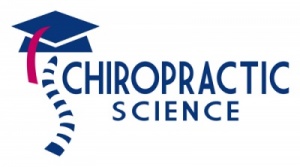
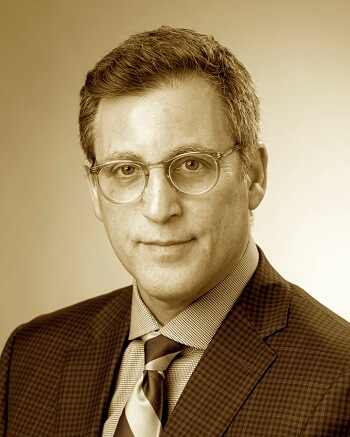
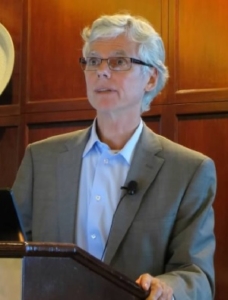 Listen as Dr. Cassidy and I discuss his career in chiropractic, research, and hear his thoughts on a variety of important issues including the powerful role of psychosocial factors on health. Dr. Cassidy is a Professor of Epidemiology and Health Policy at the Dalla Lana School of Public Health at the University of Toronto. He is also an Adjunct Globalization Professor at the Faculty of Health at the University of Southern Denmark. He began his career as a chiropractor (CMCC 1975) and later obtained graduate degrees in Surgery (MSc University of Saskatchewan), Pathology (PhD University of Saskatchewan) and Injury Epidemiology (DrMedSc Karolinska Institute, Sweden). His past appointments include Assistant Professor of Surgery and Rehabilitation Medicine at the University of Saskatchewan (1994-1999), Associate Professor of Public Health and Medicine at the University of Alberta (2000-2003), Senior Scientist at the Toronto Western Hospital Research Institute (2003-2017) and Professor of Sport Science and Clinical Biomechanics at the University of Southern Denmark (2011-2016).
Listen as Dr. Cassidy and I discuss his career in chiropractic, research, and hear his thoughts on a variety of important issues including the powerful role of psychosocial factors on health. Dr. Cassidy is a Professor of Epidemiology and Health Policy at the Dalla Lana School of Public Health at the University of Toronto. He is also an Adjunct Globalization Professor at the Faculty of Health at the University of Southern Denmark. He began his career as a chiropractor (CMCC 1975) and later obtained graduate degrees in Surgery (MSc University of Saskatchewan), Pathology (PhD University of Saskatchewan) and Injury Epidemiology (DrMedSc Karolinska Institute, Sweden). His past appointments include Assistant Professor of Surgery and Rehabilitation Medicine at the University of Saskatchewan (1994-1999), Associate Professor of Public Health and Medicine at the University of Alberta (2000-2003), Senior Scientist at the Toronto Western Hospital Research Institute (2003-2017) and Professor of Sport Science and Clinical Biomechanics at the University of Southern Denmark (2011-2016).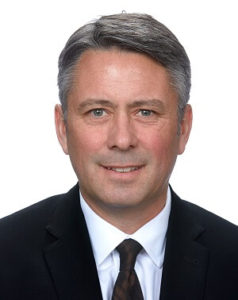 Listen as Dr. Pierre Côté and I discuss his involvement in hugely impactful research on stroke, lumbar disc herniations and neck pain. He provides chiropractors with key information that helps de-mystify these topics. Pierre Côté DC, PhD is an epidemiologist. In 2013, he was awarded the prestigious Canada Research Chair in Disability Prevention and Rehabilitation from the Canadian Government. He is currently an Associate Professor in the Faculty of Health Sciences at the University of Ontario Institute of Technology, director of the UOIT-CMCC Centre for the Study of Disability Prevention and Rehabilitation and an Associate Professor in the Dalla Lana School of Public Health at the University of Toronto. Dr. Côté graduated from the Canadian Memorial Chiropractic College in 1989. In 1996, he obtained a Master’s Degree in Surgery from the University of Saskatchewan. He completed his PhD in epidemiology at the University of Toronto in 2002. In 2003, he received a New Investigator Award from the Canadian Institutes of Health Research.
Listen as Dr. Pierre Côté and I discuss his involvement in hugely impactful research on stroke, lumbar disc herniations and neck pain. He provides chiropractors with key information that helps de-mystify these topics. Pierre Côté DC, PhD is an epidemiologist. In 2013, he was awarded the prestigious Canada Research Chair in Disability Prevention and Rehabilitation from the Canadian Government. He is currently an Associate Professor in the Faculty of Health Sciences at the University of Ontario Institute of Technology, director of the UOIT-CMCC Centre for the Study of Disability Prevention and Rehabilitation and an Associate Professor in the Dalla Lana School of Public Health at the University of Toronto. Dr. Côté graduated from the Canadian Memorial Chiropractic College in 1989. In 1996, he obtained a Master’s Degree in Surgery from the University of Saskatchewan. He completed his PhD in epidemiology at the University of Toronto in 2002. In 2003, he received a New Investigator Award from the Canadian Institutes of Health Research.